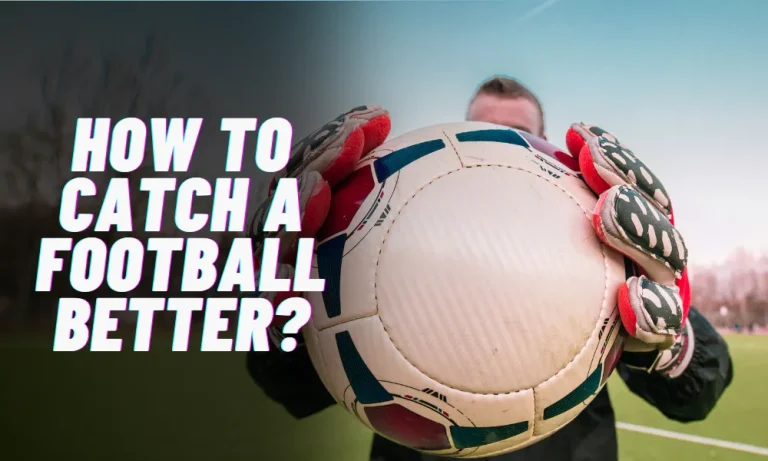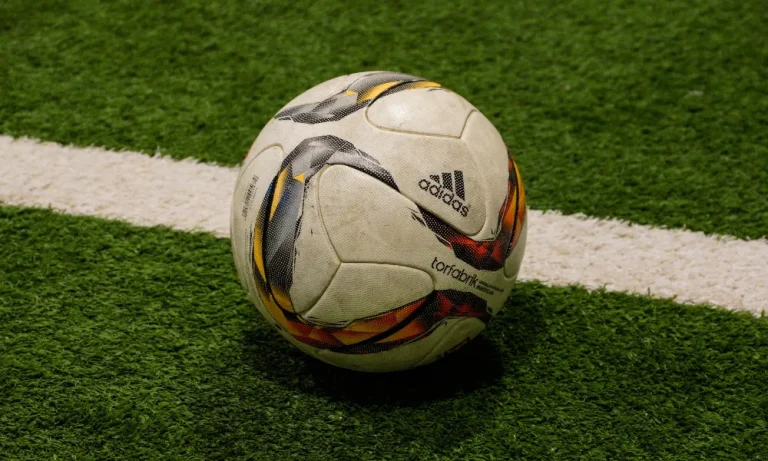How to Choose the Right Cleats for Softball?
Softball players know that choosing the right cleats can make a world of difference in their performance on the field. But with so many options available, how do you find the perfect pair?
In this guide, we’ll walk you through everything you need to know about selecting softball cleats from understanding different types and assessing playing surfaces to considering player positions and finding the ideal fit. Get ready to step up your game with confidence and comfort!
Different Types of Cleats
When it comes to selecting the right cleats for softball, one must understand the different options available.
Metal Cleats
Metal cleats are designed with spikes made of metal that provide excellent traction on various surfaces. They offer superior grip and stability, making them ideal for players who need maximum traction when running or making quick movements.
However, they are not allowed in some leagues due to safety concerns as they can cause injury during sliding or collisions.
Molded Cleats
Molded cleats have rubber or plastic studs permanently attached to the sole. They offer good traction on most playing surfaces while providing more versatility than metal cleats.
These cleats are suitable for both grass and dirt fields and are generally permitted in all leagues. They provide adequate grip without causing excessive damage to the field.
Turf Shoes
Turf shoes feature small rubber nubs instead of traditional studs. Designed specifically for artificial turf surfaces, these shoes deliver optimal traction without damaging the field surface like metal or molded cleats might do.
They also provide comfort and support during long hours of play on artificial turf fields but may lack sufficient grip on grass or dirt surfaces.
Assessing Playing Surface Conditions
When it comes to choosing the right cleats for softball, understanding the playing surface conditions is crucial.
Grass Fields
Grass fields offer natural traction but can become slippery when wet or overused. For grass fields, molded cleats with medium-length studs are recommended.
These cleats provide adequate grip without causing excessive damage to the field. Avoid metal spikes as they may tear up the grass and pose safety risks.
Dirt Infields
Dirt infields require good traction while allowing players to dig into the ground during quick movements. Metal cleats are often preferred on dirt surfaces due to their excellent grip capabilities.
The metal spikes penetrate effectively into the loose soil, providing optimal stability and preventing slippage.
Artificial Turf
Artificial turf surfaces have become increasingly popular in softball complexes due to their low maintenance requirements. For artificial turf fields, turf shoes with rubber nubs are the ideal choice.
These shoes provide excellent traction without damaging or tearing up the synthetic surface.
Remember that assessing playing surface conditions is essential for selecting appropriate footwear that enhances your performance while ensuring player safety.
Considering Player Position and Play Style
When it comes to choosing the right cleats for softball, player position and play style are important factors to consider. Let’s analyze how different positions (pitchers, infielders, outfielders) may require specific features or designs in cleat selection.
Pitchers
Pitchers need stability and traction during their delivery while maintaining quick movements on the mound.
Cleats with ankle support and a reinforced toe area can provide added stability for pitchers. Look for cleats that offer good grip without compromising flexibility.
Infielders
Infielders require quick lateral movements, agility, and the ability to dig into the ground when fielding or making throws.
For infield players, lightweight molded cleats with shorter studs are recommended. These allow for better maneuverability on dirt surfaces while providing adequate traction.
Outfielders
Outfielders cover large areas of grassy fields and often have to make long sprints or diving catches.
Metal cleats with longer studs are suitable for outfield players as they provide excellent grip on both grass and dirt surfaces. The metal spikes help prevent slipping during high-speed movements.
Additionally, players with aggressive baserunning or sliding tendencies should look for cleats with extra durability in high-wear areas like the toe box and sole edges. Reinforced materials will prolong the life of your footwear under intense use.
Sizing and Fit Recommendations
Finding the right size and fit for your softball cleats is crucial to ensure comfort and optimal performance on the field.
Consider Foot Width
Take into account your foot width when selecting cleats. Some brands offer different width options, ensuring a snug fit without discomfort or excessive tightness. Wider feet may require shoes with more room in the toe box area to avoid squeezing or rubbing.
Arch Support Needs
Evaluate your arch support needs before purchasing cleats. Those with high arches might benefit from cleats that provide additional arch support through built-in cushioning or removable inserts. This helps reduce strain on the feet during long hours of play.
Account for Sock Thickness
Remember to consider sock thickness when trying on cleats. If you typically wear thicker socks while playing, it’s important to try on cleats with those socks to ensure a proper fit. Cleats that are too tight can lead to discomfort, blisters, or restricted movement.
Try different sizes and styles of cleats while wearing appropriate socks until you find the most comfortable and secure fit for your feet.
Durability vs. Cost Considerations
When purchasing softball cleats, it’s important to strike a balance between durability requirements and budget constraints.
Durability is key when it comes to sports footwear. You want your cleats to withstand the demands of the game without falling apart after a few uses. However, durable cleats often come at a higher price point.
Consider your playing frequency and intensity. If you’re an avid player who competes regularly or plays on rough surfaces, investing in more durable cleats might be worth it in the long run. Look for features like reinforced toe caps and sturdy materials that can handle high-impact movements.
On the other hand, if you play recreationally or infrequently, opting for less expensive options may suffice as they still offer decent performance while saving some money.
It’s crucial to find a balance that suits your needs and budget when making this decision. Evaluate different brands and models by reading reviews from reliable sources or seeking recommendations from experienced players/coaches.
FAQs
1. What type of cleats are best for grass fields in softball?
For grass fields, it is recommended to use molded cleats with medium-length studs. They provide adequate grip without causing excessive damage to the field.
2. Which position-specific features should pitchers look for in softball cleats?
Pitchers can benefit from cleats that offer ankle support and a reinforced toe area for added stability during their delivery on the mound.
3. Are metal or molded cleats better for infielders in softball?
Infielders usually prefer lightweight molded cleats with shorter studs. These allow for quick lateral movements and digging into the ground when fielding or making throws.
4. What kind of traction control technology is suitable for outfielders in softball?
Outfielders should consider using metal cleats with longer studs as they provide excellent grip on both grass and dirt surfaces, helping prevent slipping during high-speed movements.
5. How can I ensure proper sizing and fit when choosing softball cleats?
To ensure a comfortable fit, consider factors like foot width, arch support needs, and sock thickness while trying on different sizes and styles of cleats until you find the most suitable option for your feet.
Conclusion
Choosing the right cleats for softball is crucial for performance and comfort. Consider factors like playing surface conditions, player position, sizing and fit, durability vs. cost considerations, brand reviews, and maintenance tips. With these guidelines in mind, you’ll be ready to step onto the field with confidence!



